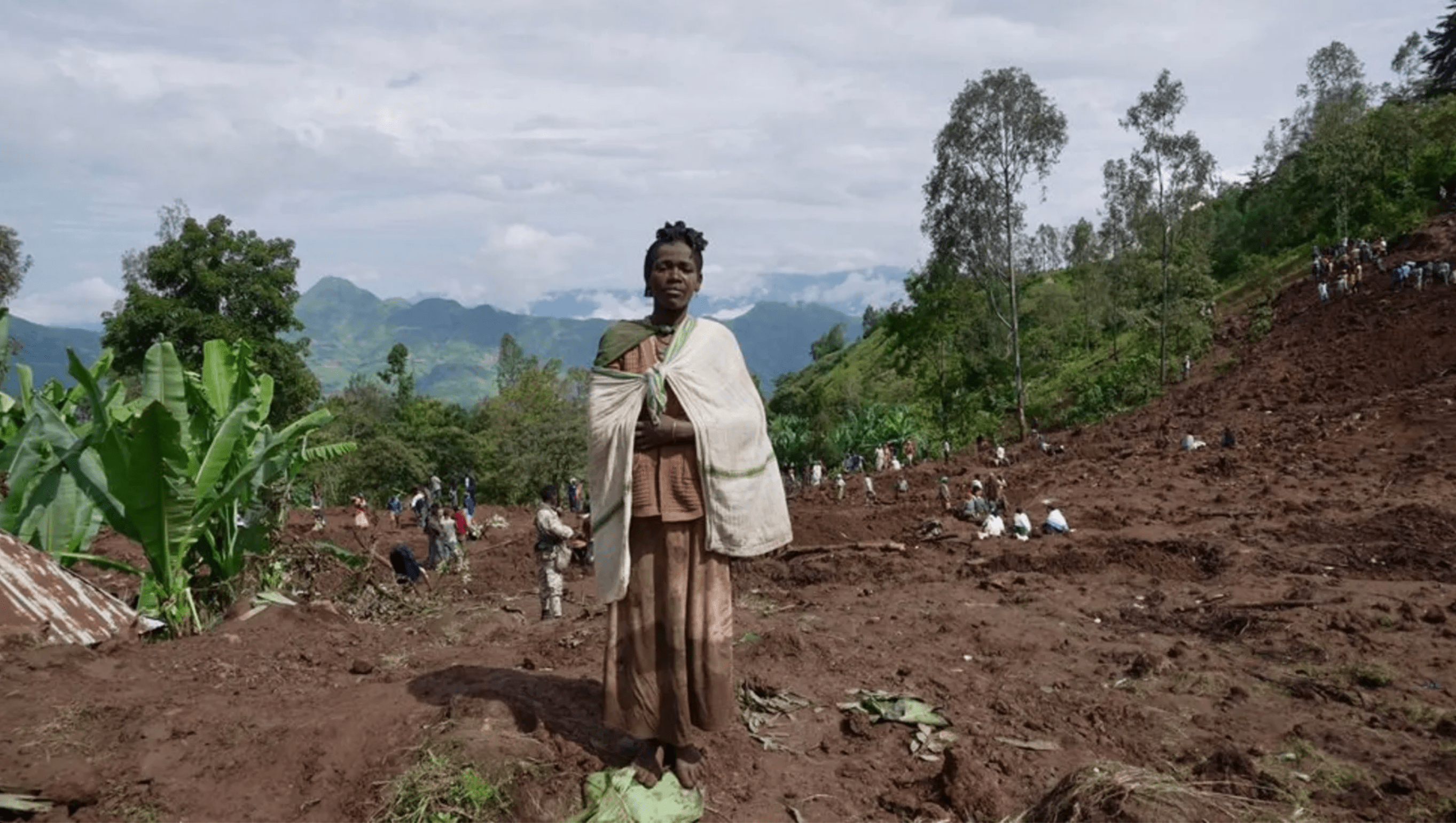CAPE TOWN – South Africa, generally a net exporter of maize, has started to import the staple grain because the worst drought in 15 years has devastated crops, John Purchase, the general manager of Grain SA, says.
He said the shortage of maize would drive up prices of all food that contains maize as well as the cost of feeding poultry and cattle. The knock-on effects were difficult to quantify and he was not able to say how much maize South Africa would have to import.Crop estimates had not been released, nor had the extent of the drought been quantified.Reuters reported yesterday that South Africa’s maize carry-over stocks had dipped to 2.846 million tons at the end of February from 3,427 million in January.Quoting traders, the news service said the fall in stocks was unlikely to stir the white maize market since the harvest was about three months away.The crimping yellow maize stocks could, however, put pressure on the already tight supplies and boost prices.The July white maize contract fell 1 per cent to N$1 955 a tonne on the SA Futures Exchange.Yellow maize for July delivery was unchanged at N$1 821 a tonne.Yellow maize is used mainly as animal feed in South Africa.Purchase said South Africa was normally a net exporter of maize to Botswana, Lesotho and Swaziland and sometimes supplied to Zimbabwe, Kenya and other countries.”Generally, we can’t produce profitably if we have to export in large volumes further afield than in southern Africa,” he said.”Because of the severe drought, literally a one-in-15-year type drought, we will probably be importing maize this year.We have already started importing a substantial amount of yellow maize, primarily from Argentina.” South Africa had imported about 1 million tons of wheat a year over the past three years.This year imports would be about 800 000 tons because South Africa was not producing enough for its own needs, he said.This was worsened by lack of tariff protection, exposing South Africa to the international market.Wheat producers in Europe and North America were subsidised.South Africa imported primarily from Argentina, Germany and from time to time from the US depending on the quality needed.Grain SA has warned that farmers in some areas faced total crop failure because of the heat wave and a lack of rain.Chairman Neels Ferreira said producers in the summer crop areas planted relatively late this season, expecting good rains early this year.Over the past few weeks, the crops in many areas had literally been scorched and even if good rains should fall soon, it was too late to benefit many farmers.The maize yield was expected to be almost 30 per cent lower than the previous season’s average yield of more than four tons a hectare.Other crops such as sorghum, sunflower and soya beans are also likely to show a significant drop in yields.Business ReportThe knock-on effects were difficult to quantify and he was not able to say how much maize South Africa would have to import.Crop estimates had not been released, nor had the extent of the drought been quantified.Reuters reported yesterday that South Africa’s maize carry-over stocks had dipped to 2.846 million tons at the end of February from 3,427 million in January.Quoting traders, the news service said the fall in stocks was unlikely to stir the white maize market since the harvest was about three months away.The crimping yellow maize stocks could, however, put pressure on the already tight supplies and boost prices.The July white maize contract fell 1 per cent to N$1 955 a tonne on the SA Futures Exchange.Yellow maize for July delivery was unchanged at N$1 821 a tonne.Yellow maize is used mainly as animal feed in South Africa.Purchase said South Africa was normally a net exporter of maize to Botswana, Lesotho and Swaziland and sometimes supplied to Zimbabwe, Kenya and other countries.”Generally, we can’t produce profitably if we have to export in large volumes further afield than in southern Africa,” he said.”Because of the severe drought, literally a one-in-15-year type drought, we will probably be importing maize this year.We have already started importing a substantial amount of yellow maize, primarily from Argentina.” South Africa had imported about 1 million tons of wheat a year over the past three years.This year imports would be about 800 000 tons because South Africa was not producing enough for its own needs, he said.This was worsened by lack of tariff protection, exposing South Africa to the international market.Wheat producers in Europe and North America were subsidised.South Africa imported primarily from Argentina, Germany and from time to time from the US depending on the quality needed.Grain SA has warned that farmers in some areas faced total crop failure because of the heat wave and a lack of rain.Chairman Neels Ferreira said producers in the summer crop areas planted relatively late this season, expecting good rains early this year.Over the past few weeks, the crops in many areas had literally been scorched and even if good rains should fall soon, it was too late to benefit many farmers.The maize yield was expected to be almost 30 per cent lower than the previous season’s average yield of more than four tons a hectare.Other crops such as sorghum, sunflower and soya beans are also likely to show a significant drop in yields.Business Report
Stay informed with The Namibian – your source for credible journalism. Get in-depth reporting and opinions for
only N$85 a month. Invest in journalism, invest in democracy –
Subscribe Now!






